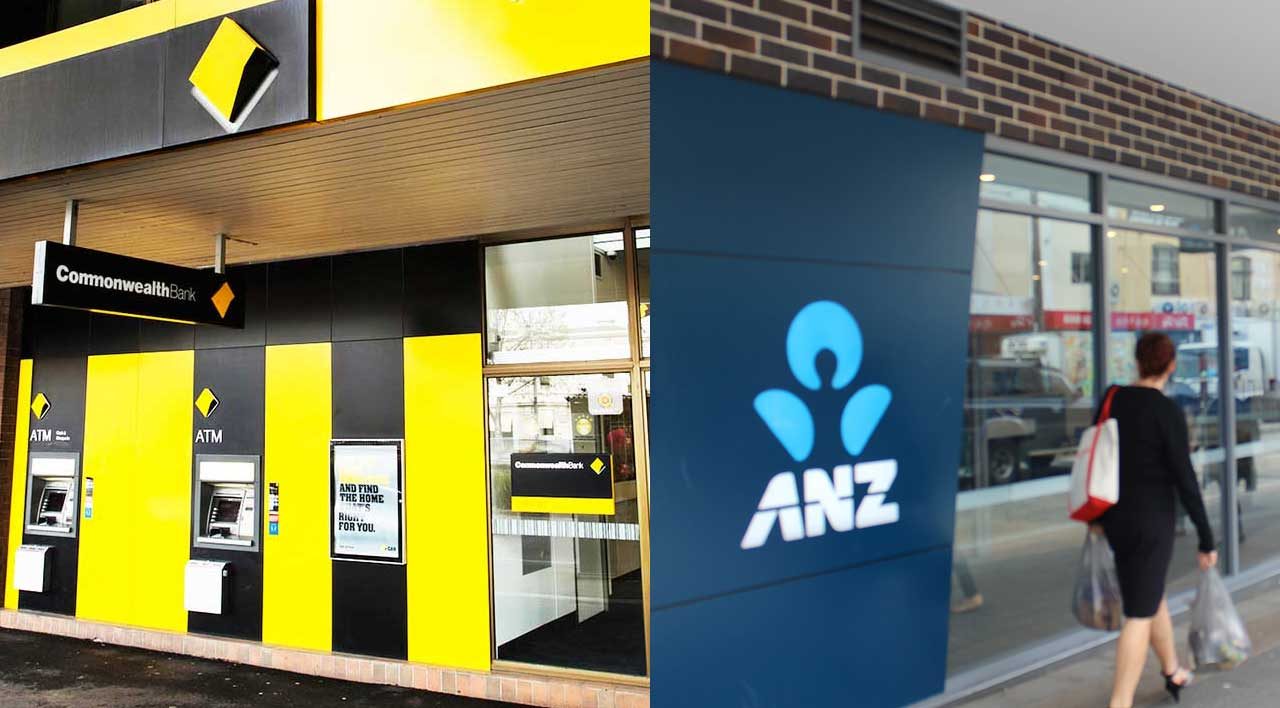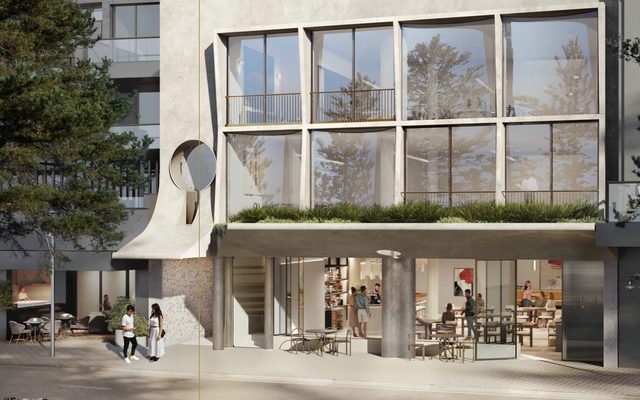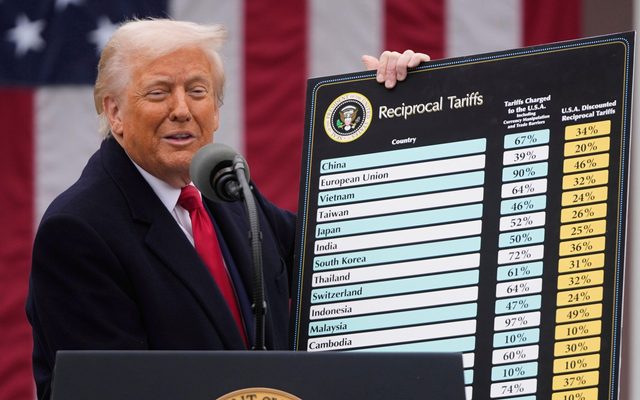This article is from the Australian Property Journal archive
THE Commonwealth Bank and ANZ will shoulder the backlash together after following Westpac’s footsteps in raising home loan rates. The National Australia Bank is the last pillar standing, yet to make a move.
Australia’s largest lender, CBA, will increase all variable home loan rates by 15 basis points from 4 October 2018.
For owner occupiers, it will increase to 5.37% for customers with principal and interest loans, and 5.92% for customers with interest only.
For investors, it will increase to 5.95% for customers with principal and interest, and 6.39% on interest only loans.
CBA group executive retail banking services Angus Sullivan said the bank made the decision following a sustained increase in funding costs.
“Over the past six months, we have seen funding costs increase significantly, driven primarily by a rise in the 90 day Bank Bill Swap Rate. These changes have increased the cost of providing loans to our customers.
“We have absorbed these higher funding costs over the past six months in the hope that they would ease. Unfortunately, the costs have remained high and it is now expected that they will remain elevated for the foreseeable future,” he explained.
“As a result of this, we have made the decision to raise our variable home loan rates to partially offset the increased costs. We also encourage customers with interest only repayments to consider whether a lower rate principal and interest home loan would better meet their needs. Customers can switch online, in-branch or over the phone at no cost,” Sullivan said.
ANZ, Australia’s third largest lender, lifted its variable rates by 16 basis points, effective 27 September 2018. Although those living in drought declared regional areas are exempt, which affects around 70,000 customers.
ANZ group executive Australia Fred Ohlsson also cited the sustained rise in wholesale funding costs as the main reason.
Owner occupiers on principal and interest loans will increase to 5.36% and those on interest-only will rise to 5.91%.
Investors with principal and interest will increase to 5.96% and interest-only jumps to 6.42%.
“The reality is it is more expensive for us to fund our home loans on wholesale markets and we also needed to balance the needs of all stakeholders,” Ohlsson said.
According to RateCity, a customer with a $1 million loan will pay an extra $93 a month and $1,117 a year with the CBA, and $99 a month and $1,191 a year with ANZ.
CBA
| Loan size | Old standard variable
5.22% |
New standard variable
5.37% |
Extra monthly repayment | Extra cost annually |
| $300,000 | $1,651 | $1,679 | $28 | $335 |
| $400,000 | $2,201 | $2,239 | $37 | $447 |
| $500,000 | $2,752 | $2,798 | $47 | $559 |
| $750,000 | $4,128 | $4,197 | $70 | $838 |
| $1,000,000 | $5,503 | $5,597 | $93 | $1,117 |
ANZ
| Loan size | Old standard variable
5.20% |
New standard variable
5.36% |
Extra monthly repayment | Extra cost annually |
| $300,000 | $1,647 | $1,677 | $30 | $357 |
| $400,000 | $2,196 | $2,236 | $40 | $476 |
| $500,000 | $2,746 | $2,795 | $50 | $596 |
| $750,000 | $4,118 | $4,193 | $74 | $893 |
| $1,000,000 | $5,491 | $5,590 | $99 | $1,191 |
Source: RateCity.com.au
RateCity’s research director Sally Tindall said Australia’s big banks move like a flock of sheep and one pulls the trigger, the others are not far behind.
“CBA and ANZ’s decision to hike rates hot on the heels of Westpac was a predicable step in what is becoming a well-worn routine.
“In fact, hiking on the same day means they can shoulder the backlash together.
“NAB would do well to break free of tradition and find a different way to wear the additional expense,” she said.
Tindall said customers need to vote with their feet and move.
“If you live in your own home and own at least 20% of it, start shopping around – you’ll be surprised at what rates are on offer.
“Plenty of lenders are ready and waiting to take on your business with rates as low as 3.44%,” she added.
Earlier this week, Suncorp and Adelaide Bank also hiked up rates in the aftermath of Westpac’s move last week.
AMP Capital chief economist Shane Oliver previously said the out of cycle with the Reserve Bank increases is a negative for the residential property market.
“The auction market is already weak, and I expect it will weaken further. There is a risk that auction clearances will fall to the low 40s (percent).” Oliver warned.
Earlier this week Corelogic’s data revealed dwelling prices have fallen across Australia for the 11th month in a row.
Capital Economics has warned that the current housing downturn will “probably end up being the longest and deepest” in Australia’s modern history, with the full effects of tighter credit conditions and rising mortgage rates yet to be felt.
“Put into context, although this downturn has already lasted longer than the 12-month average of the seven previous downturns since 1980, the 3% fall in prices is the smallest on record. But with the full effect of the tightening in credit criteria and recent hikes in mortgage rates yet to be felt, we suspect this downturn will end up being both the longest and deepest with prices falling by 12% over four years,” it said.
“Overall, a 12% fall in house prices spread over four years is unlikely to cause too many problems. But by prompting households to spend more cautiously, it will probably contribute to GDP growth being closer to 2.5% over the next few years rather than the rates of 3.0% or more the RBA is banking on.” Capital Economics said in a note.
Australian Property Journal




